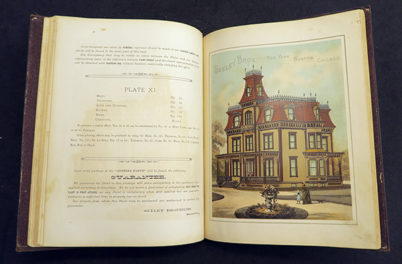Recently, we needed a little magic to get a sculpture in working order.
Stephan von Huene’s Tap Dancer—which springs to life every half hour in the first room of our Crosscurrents exhibit—hadn’t danced since 2003, when it was on display in Germany for a von Huene retrospective. Problems with its electrical system had kept it motionless since then.
Enter John Gaughan.
Gaughan, an illusion designer and fabricator of automatons, has helped well-known illusionists and performers, such as Siegfried & Roy, pull rabbits out of hats for years. He also coaxed the fanciful machines in our Devices of Wonder exhibit to life in 2001. Now the 71-year-old master has also helped put the spring back in the Tap Dancer’s step.
Part wood, part motor, von Huene’s kinetic sculpture, created in 1967, depends on electronics and an air vacuum system in order for its toes to tap. That’s where Gaughan, at the invitation of Getty Museum conservators, worked his magic.
There was nothing fundamentally wrong with the pneumatic system that causes the Tap Dancer’s toes to move, though Gaughan and his team did spot and fix a few leaks. The electrical system, however, needed an overhaul. Gaughan left von Huene’s original electronics in place, programming a new circuit board above it. The Tap Dancer now runs off this new system, which pumps air through bellows to the pneumatic system that channels it into the appropriate joints of the artwork.
It was a complicated project that Gaughan didn’t take lightly. “We wanted to protect the integrity of Stephan von Huene’s work. We didn’t want to go in there and tear his wires up in the name of modernizing it,” he told me. “We left every wire exactly like it was. If you were to ever open it up, it looks exactly like he made it in 1967.”
The entire process took 10 days.
Gaughan did the work in his prop-filled warehouse, which sits on the outskirts of Los Angeles. The bland building belies the fantastical objects that live inside. As with the Tap Dancer, the real magic lies inside.
The Tap Dancer’s new circuit board turns on the sculpture every 30 minutes. Its three-minute performance always catches museum visitors off guard. That’s something Gaughan is used to.
“There’s a magical element to the piece,” he said. “When it starts, it’s a surprise, and you can see a lot of people in the gallery jump a little bit.”




Comments on this post are now closed.